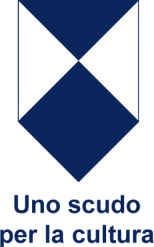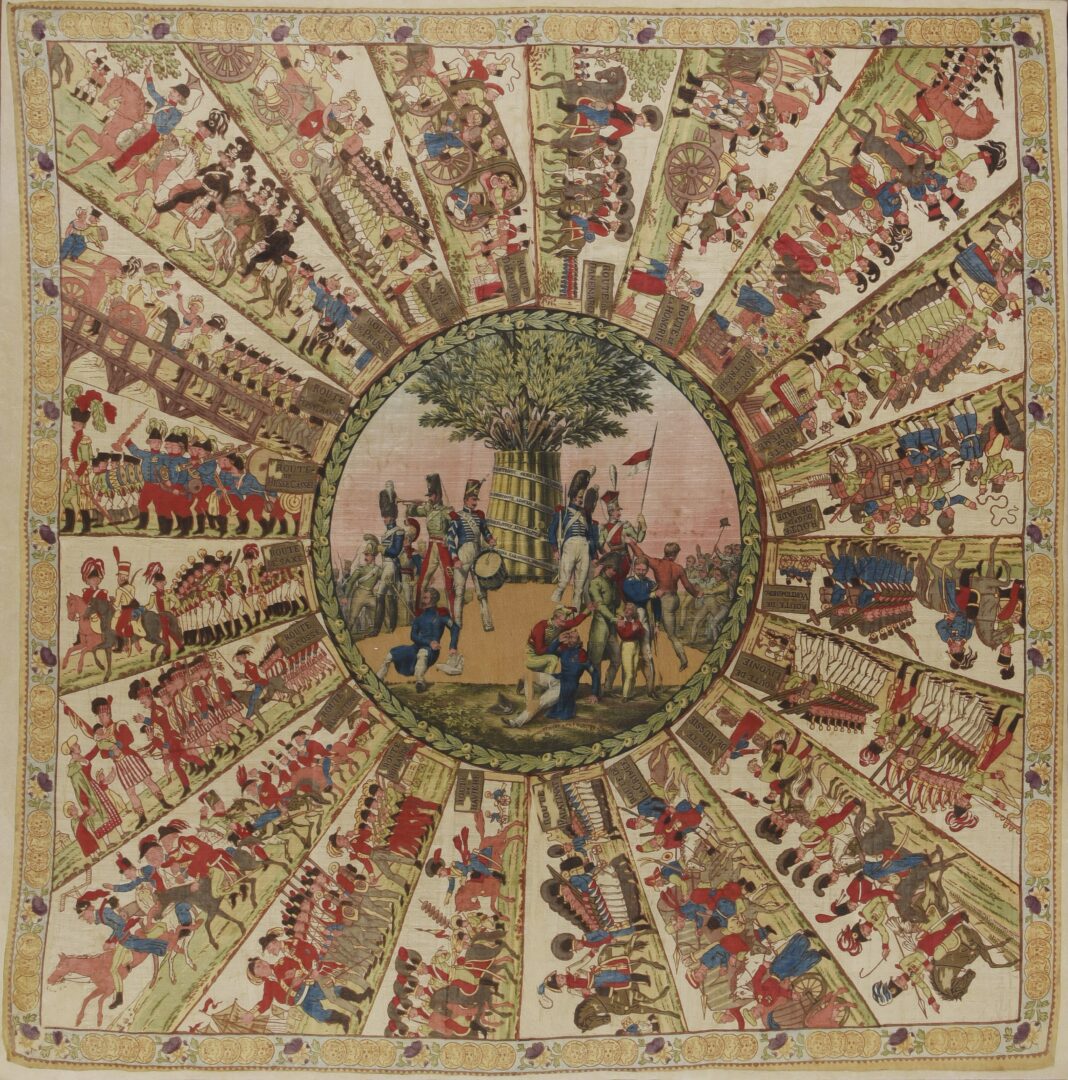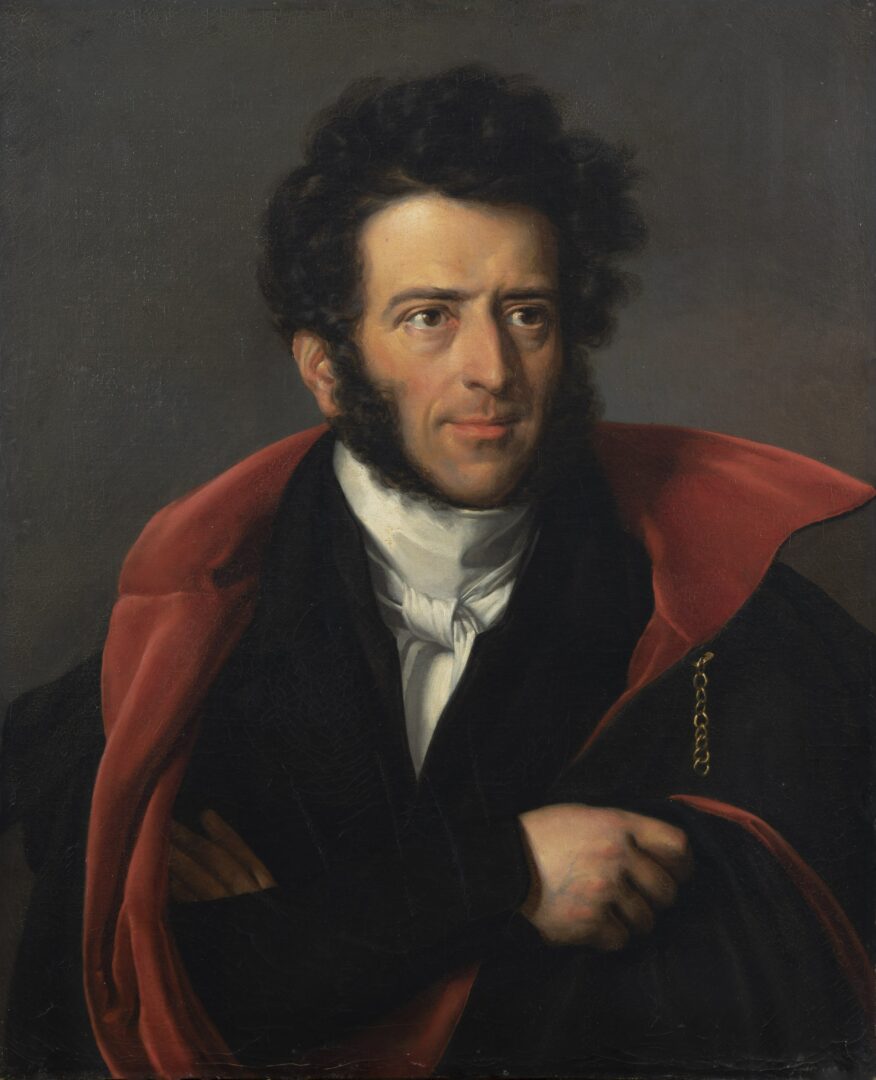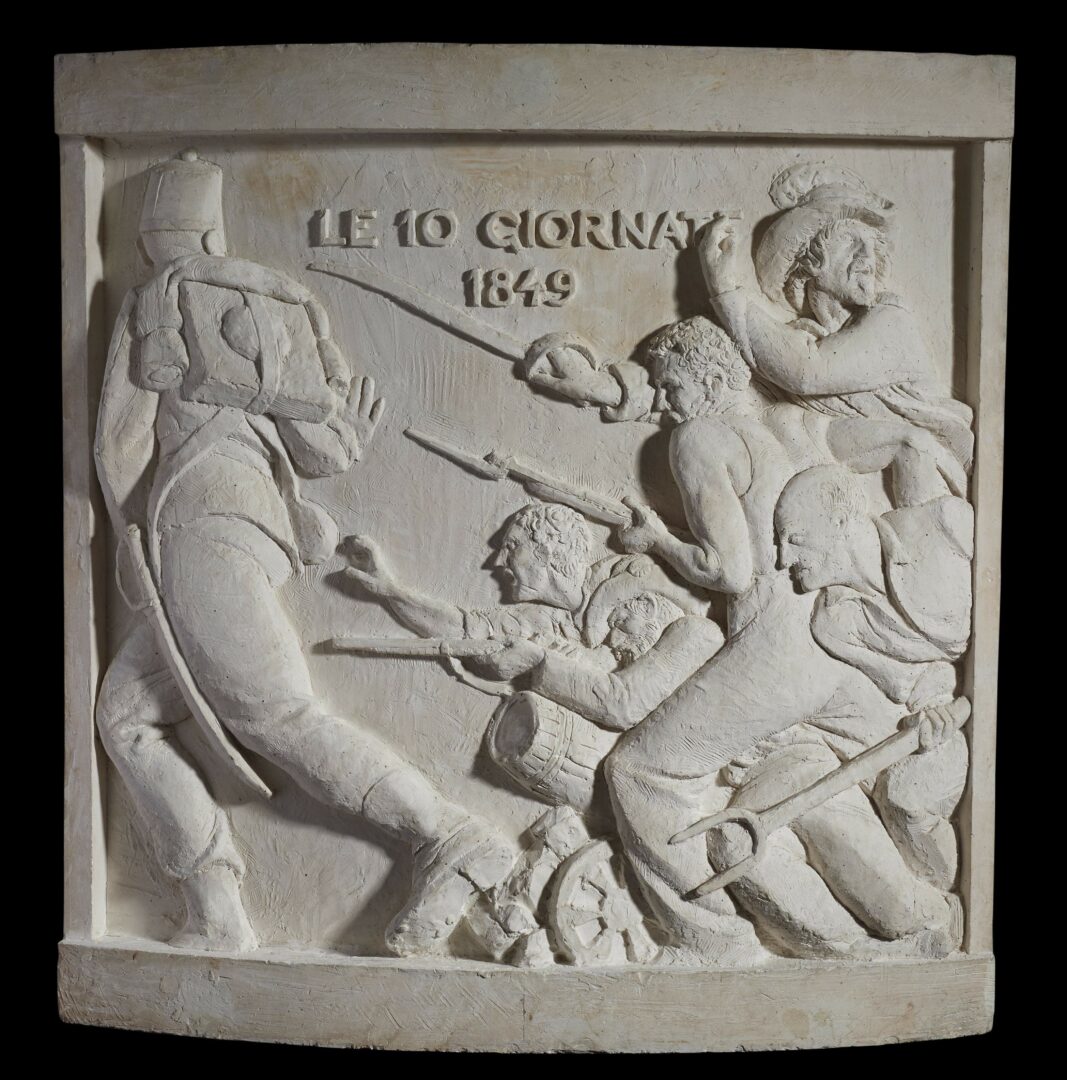Museum of the Risorgimento
Lioness of Italy
Museum of the Risorgimento Lioness of Italy d’Italia reopens its doors for the first time in 20 years in the Grande Miglio of the Castle with an innovative and immersive layout
The result of long historiographical and design work, this new exhibition recounts the Risorgimento as a phenomenon of European relevance and of pressing topicality. Paintings, sculptures, heirlooms and “relics”, having undergone careful restorations, are showcased as material manifestations of a long and complex history that culminated in Italian Unification. A rich digital collection accompanies and integrates a storytelling that reaches up to the present day, involving the visitor in the events that saw Brescia at the centre of the long Risorgimento, making it famous throughout the world as the Lioness of Italy.

The Museum

The route embodies a new concept of historical museums, in which storytelling plays a leading role and takes the audience on a journey from the Risorgimento to current events. The museum alternates local and European scale, narrative and analysis, objects and digital collections, with the aim of illustrating events, places, and protagonists of the Italian Risorgimento in an innovative and participatory way. The exhibition consists of eight sections and is entirely narrated in both Italian and English.
The Ten days of Brescia
In the Museum a prominent place is reserved for the episode of the Ten days (23 March – 1 April 1849), Brescia’s heroic resistance to the Austrian troops that earned the city the nickname, made famous by Aleardo Aleardi and Giosue Carducci, of Lioness of Italy. The Ten days are investigated within broader phenomena, such as the season of the “Springtime of the Peoples”, the two-year period of insurrections that involved the entire European continent between 1848 and 1849. In the third section of the museum, Insurrection, the Ten days are recounted through paintings, clothing, everyday accessories and military uniforms. The paintings by Faustino Joli stand out, immortalising the main episodes of the popular battle against Austrian rulers. Visitors can also relive the Ten days in an immersive and emotional box, which interweaves the iconographic production with the narratives of individual stories of some of the protagonists, among whom the well-known patriot Tito Speri.


History
The Brescia Museum of the Risorgimento was among the first to be set up in Italy. Created by public proclamation in 1887, it opened its doors in 1893 in Palazzo Martinengo da Barco, now housing the Pinacoteca Tosio Martinengo. After finding a home alternatively in Palazzo Tosio and in the Castle, it was reopened in 1959 in the Grande Miglio of the Castle, an early modern granary. After closing in 2015 due to structural problems, extensive restorations and fitting-out works once again allow the Grande Miglio to house the collections. The Museum also occupies the spaces of the Piccolo Miglio, an additional former storage room, where the Museum reception, ticket office and bookshop are located.
Collections
The Museum Lioness of Italy preserves and enhances a substantial part of its heritage dedicated to Brescia’s Risorgimento history, which is mainly the result of donations by the townspeople to the Civici Musei since the end of the nineteenth century. Relics, objects, paintings, flags, memorials, and sculptures have thus accumulated over the course of more than a century, characterising the Museum’s collecting history in a peculiar way. Compared to previous arrangements, the new layout includes a selection of the most significant pieces, including recent acquisitions by Fondazione Brescia Musei, such as the large painting by Jean Adolphe Beaucé, General Niel on the Medole field (1861). Other important objects in the exhibition are on long term loan by private individuals or institutions that have generously made them available to strengthen the museum’s narrative.
The digital collection
The Museum’s multimedia apparatuses were created as interactive tools for both narrative and educational purposes. The digital component is part of the itinerary: a true collection, possessing the same aesthetic, scientific, and narrative meaning as the physical objects; it consists of:
- Slideshow, collections of images that serve to expand the historical narrative;
- Musical tracks, songs activated through proximity sensors that act as background music and stimulate content learning;
- The Great Atlas of the Risorgimento, an in-depth didactic support aimed at retracing the events that led to the current European geopolitical configuration;
- Risorgimenti, a digital exhibit presenting definitions of the eight key concepts of the Museum, associated with illustrative pictures of the present day;
- Il salotto, a re-enactment of the literary and political salons of the early nineteenth century;
- The Ten Days of Brescia, an emotional box in which the Ten Days that made Brescia famous are relived;
- I garibaldini bresciani, an interactive screen teaching about the history of the Brescian participants in the Expedition of the Thousand;
- Risorgimento street book, a screen that displays Italian toponomastics memorialising the protagonists and the most famous events of the Risorgimento;
- The principles of the Italian Constitution, a display on which the first 12 articles of the Constitution of the Italian Republic scroll.
- Finally, scattered throughout the Museum are the Risorgimento Read-Throughs, screens that can be activated by lifting a handset, in which important documents and literary texts of the Risorgimento are performed by the students of the Piccolo Teatro di Milano and actors such as Gioele Dix, Maria Paiato, and Daniele Squassina.

EasyGuide
Discover the masterpieces of Museum of the Risorgimento Lioness of Italy with the EasyGuide!
An innovative multimedia guide that is free, simple and usable directly from your smartphone! Access to the contents is immediate and takes place by scanning a QR code.
Pricing
The ticket allows entry to Luigi Marzoli Arms and Armor Museum and to Museum of the Risorgimento Lioness of Italy
Opening times
Summer timetable (1 June – 30 September):
- Mondays (non-holidays): Closed
- Tuesday, Wednesday, Thursday, Friday, Saturday, Sunday: 10.00 a.m. – 7.00 p.m.
- Last admission: 6.15 p.m.
Winter hours (1 October – 31 May):
- Mondays (non-holidays): Closed
- Tuesday, Wednesday, Thursday, Friday, Saturday, Sunday: 10.00 a.m. – 6.00 p.m.
- Last admission: 5.15 p.m.
Information and booking
Should purchasing tickets online prove impossible we recommend contacting the CUP – Centro Unico Prenotazioni Booking Centre (Monday – Saturday, from 10 a.m. to 6 p.m.) or checking the website www.bresciamusei.com to see current reservations.
Services
EasyGuide
Discover the masterpieces of Museum of the Risorgimento Lioness of Italy with the EasyGuide!
An innovative multimedia guide that is free, simple and usable directly from your smartphone! Access to the contents is immediate and takes place by scanning a QR code.
Bookshop
The Museum of the Risorgimento Lioness of Italy Bookshop, located next to the ticket office, offers a wide selection of books dedicated to the museum, as well as a rich selection of merchandise.
Cloakroom
The Museum has a cloakroom area in with security lockers for storing personal items.
Cost of the service: € 1.00
(The 1 € will be refunded at the end of the visit).
Baby changing table
The museum has one baby changing table in the restroom.
Refreshments and lounge area
Visitors can stop for a break in a small refreshments area equipped with a vending machine for hot drinks and snacks plus a comfortable lounge area.
Pets
Dogs are not allowed in the Museum of the Risorgimento Lioness of Italy and its outdoor areas, with the exception of guide dogs for people with visual impairment.
Photos and videos
Photographs with no flash are allowed. Fondazione Brescia Musei welcomes its visitors to share their photos on their social media channels.
Getting here
Via Castello, 9 – Brescia
By Bus and subway
- by bus: check bus routes on the Brescia Mobilità website
- by subway: San Faustino stop + a 10-minute walk /Piazza Vittoria stop + a 15-minute walk
By Taxi
Radio Taxi Brixia
tel. (+39) 030.35111
Car parking
Along the road that leads to the Castle there are several free and pay parking areas, also for people with disabilities.
Bicimia
Go to the Brescia Mobilità website to discover this bike service
By Train
Reach us by train, then from Brescia Train Station:
- on foot: 20-minute walk, direction Castello
- by subway: San Faustino stop + 10-minute walk / Vittoria stop + 15-minute walk
By Plane
Aeroporto Gabriele D’Annunzio Brescia Airport
(20 Km from Brescia)
Orio Al Serio Bergamo Airport
(56 Km from Brescia)
Valerio Catullo Verona Airport
(70 Km from Brescia)














